Search
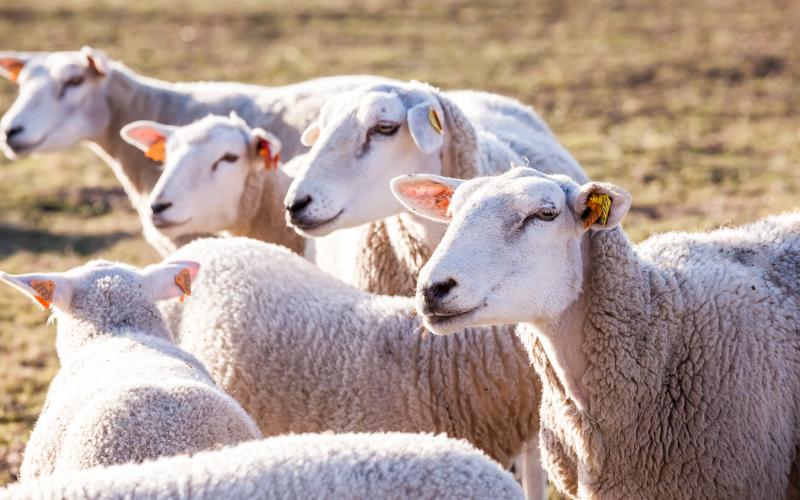
The Effects of Ewe Nutrition on Lamb Performance
In the livestock industry, profitability is determined by the efficiency of production; with growth and development of offspring having a large impact. In sheep production, ewe nutrition is one of the biggest factors in fetal growth, milk production, and lamb performance; therefore, determining how profitable a production system will be. Not only does the ewe depend on proper nutrition for fetal development but also udder development and milk production.

Soybean Production: Cost-effective pest management practices
Chemicals were one of the most expensive individual costs in soybean production, behind only to seed in the non-land cost category. The average cash-rent soybean production farms incurred a crop chemical cost of $39/ac in 2015, an 88% increase from 2010.
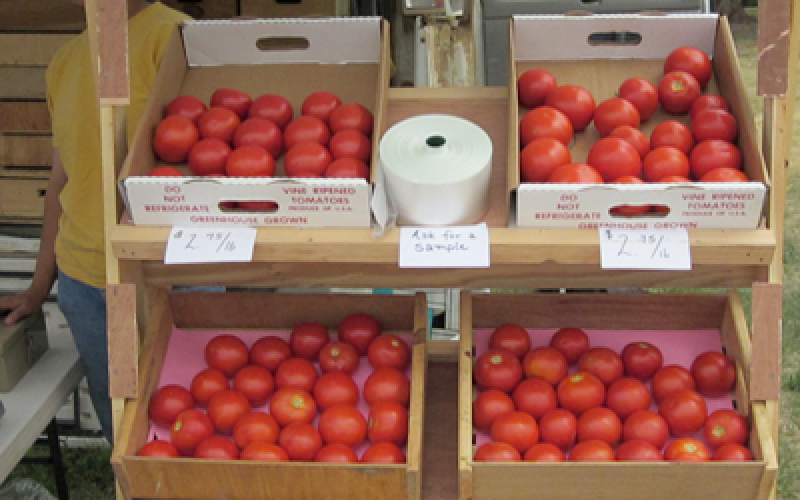
Farmers Market Food Safety: Health & Hygiene
Health, hygiene and hand washing apply to all stages of production, processing and marketing. Ill food handlers can easily contaminate fresh produce with disease-causing microorganisms. Many of these organisms have the capability to survive on fresh fruits and vegetables for an extended time, from several days to weeks. Once the organism is established on fresh produce, it is very hard to remove.
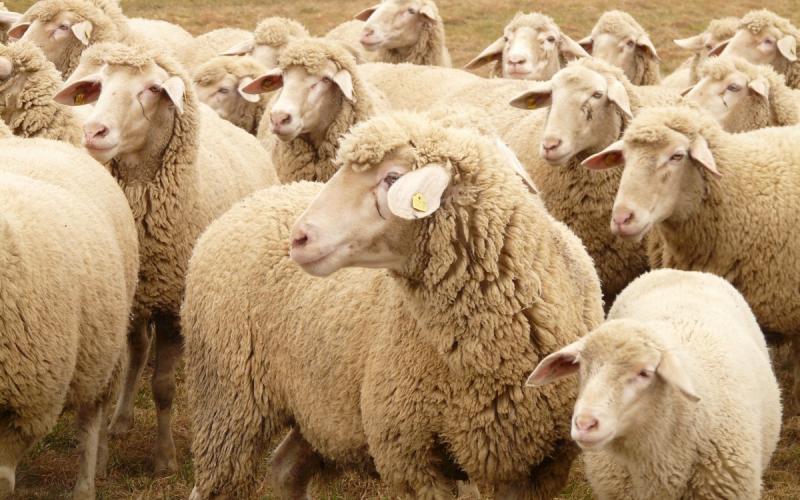
Sheep Breeds
Everyone has heard the fairytale “Baa Baa Black Sheep Have You Any Wool?” but what about the double-coated California Red, the multi-colored Katahdin sheep with hair, or the East Friesian dairy ewe that produces over 1,100 pounds of milk a year? Sheep come in different shapes, sizes, and colors and all of them provide different functions and uses for producers. These can range from meat, wool, and milk production or a combination of characteristics.

National Sheep Improvement Program: Performance-based data you can rely on
Sheep producers continually look for opportunities to improve their flocks through the introduction of genetic traits that will contribute to both improve the performance and physical appearance of the offspring. For hundreds of years, producers used the phenotype or physical appearance traits to select replacement stock, followed by performance trials and wool testing to quantitatively define the traits a specific animal may possess.
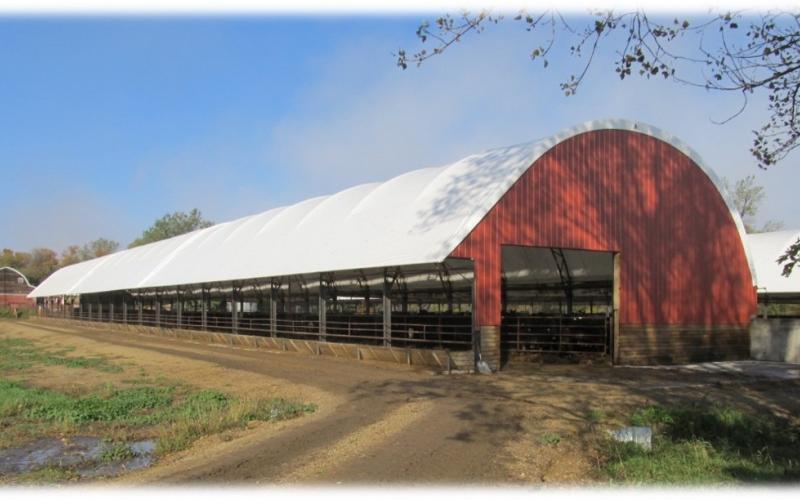
Cattle Confinement Facilities: Management Considerations
Confinement barns provide some advantages to both the animals and caregivers compared to outside pens or pasture systems.

It’s Showtime, Get Your Show Box Ready!
It’s time to head off to the show, but before you can go everything needs to be loaded into the truck and trailer. You get a supply of feed and hay, load some bedding, put in a fan, add the trimming stand and now it’s time for the show box.

Freeze Branding Cattle
Freeze branding is a low-stress way to add permanent identification to cattle that will elicit minimal hide damage.
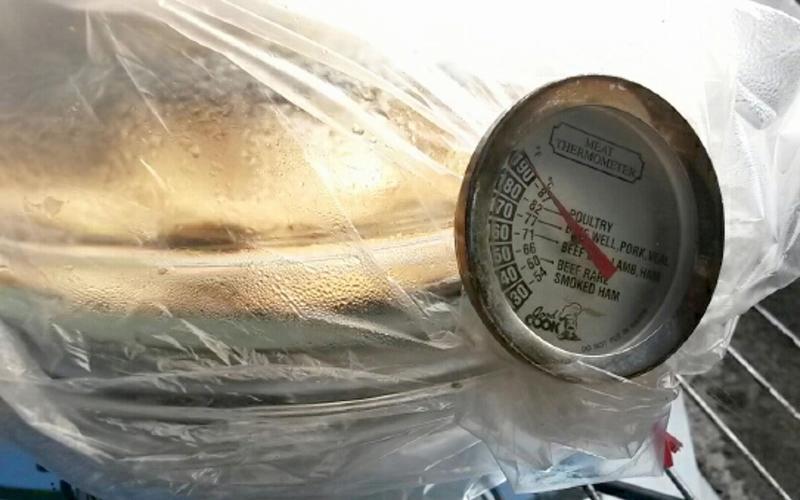
How to Calibrate a Meat Thermometer
A properly calibrated meat thermometer is key for achieving both meat safety and quality.

Let’s Talk BQA Assessments
Simply put, BQA assessments are a review of a farm or ranch by an assessor that helps managers benchmark their current level of cattle care and discover areas they may be able to improve.